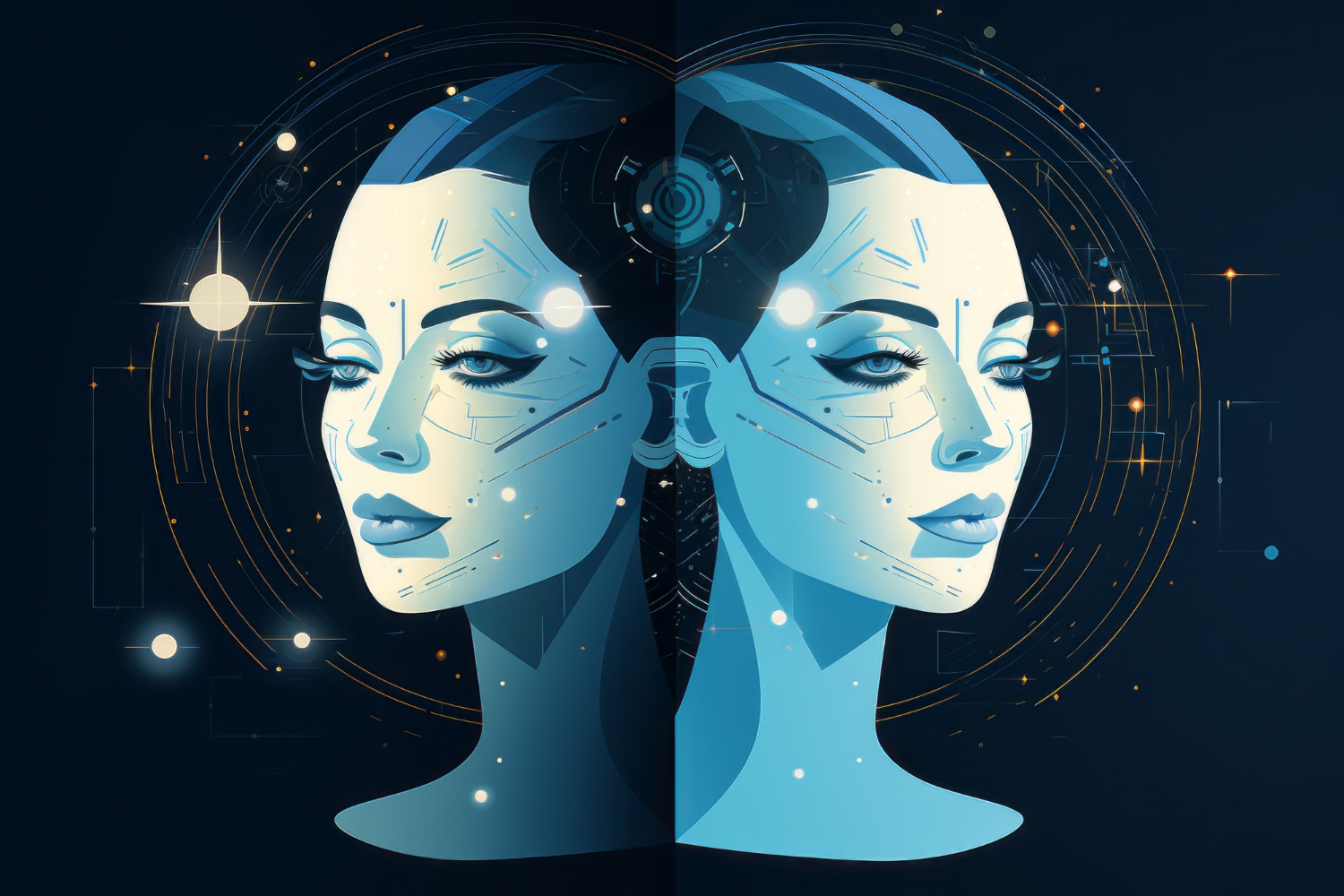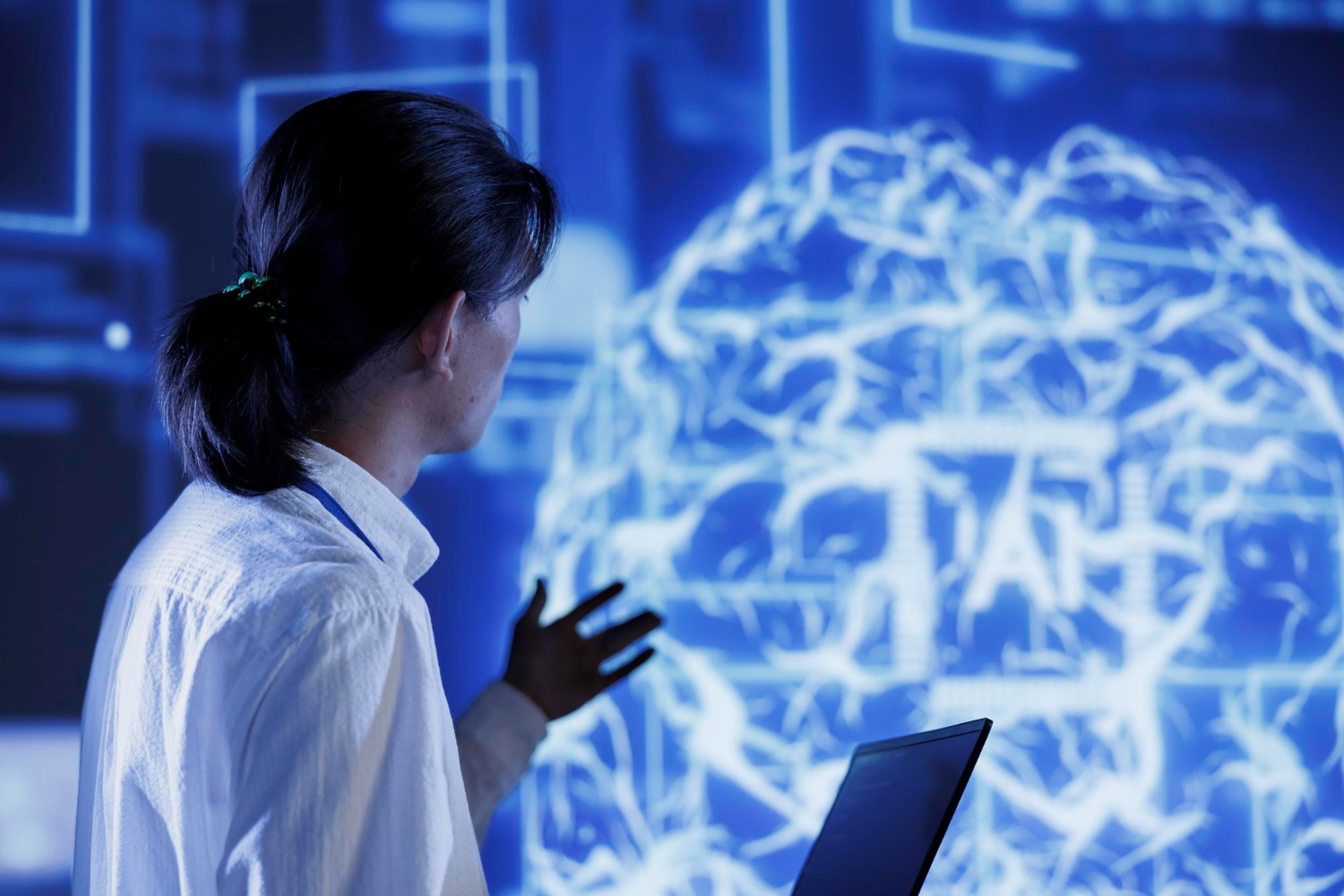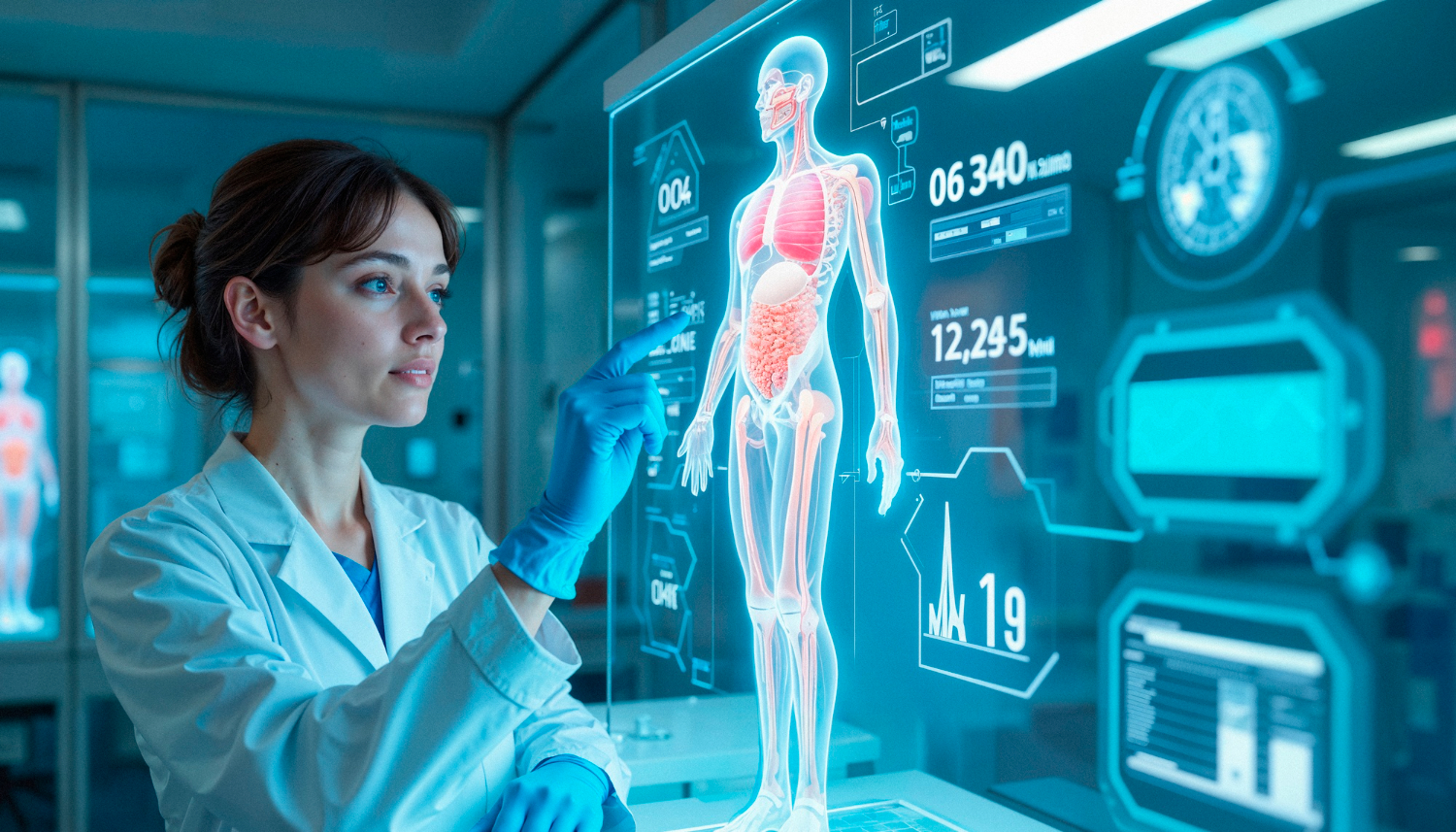AI Memory: How Does a Neural Network Remember?
Artificial intelligence (AI) is constantly improving. One fascinating feature is AI memory. Many wonder how machines can “remember” information, especially when compared to the human brain. To understand this, we need to look at neural networks and how they mimic human memory.
How AI Memory Works in Neural Networks
A neural network is a model inspired by the brain. It processes input data to produce an output. Like the brain, these networks recognise patterns and store information. But AI memory doesn’t work like human memory.
When the brain forms short-term memories, it temporarily holds small bits of information. AI does something similar, but through its layers of neurons. The input layer takes in information, the network processes it, and the output layer gives the result. While human memory depends on neurons, AI memory relies on activation functions and connections between nodes.
The Role of AI Models in Learning
AI models are trained using training data. This data helps the AI learn and “remember” patterns. In supervised learning, the model gets input with known outcomes.
It learns by comparing its predictions with actual results, using squared error (MSE) to measure its mistakes. With time, it adjusts and becomes more accurate.
In contrast, reinforcement learning allows the AI to learn through trial and error. It takes actions based on input data, then receives rewards or penalties. This method mimics how humans learn from experience, storing valuable lessons for future decisions. Over time, the AI learns which patterns lead to positive outcomes.
Both learning methods help build AI memory. As the model processes more data, it “remembers” patterns and makes better predictions.
Neural Networks and Pattern Recognition
At the heart of AI memory is pattern recognition. The input layer takes in data, and the neurons process it. The AI finds patterns that match the data. Each layer adds complexity, much like the brain does when processing sensory information.
For example, in deep learning, AI models with many layers process data in multiple steps. These layers allow the network to recognise complex patterns. Convolutional neural networks (CNNs), a type of deep learning model, excel at image recognition. They find patterns like edges, shapes, and objects by looking at the image piece by piece.
Another popular model is the feedforward neural network. It processes data in one direction, from input to output. While simple, it handles straightforward tasks like classifying data. These models form the backbone of many advanced AI systems today.
Read more: Understanding Computer Vision and Pattern Recognition
The Difference Between AI and Human Brain Memory
The human brain is much more complex than any AI model. Humans remember things based on context, emotion, and experience. AI, however, processes data logically and without emotion.
Human memory is also much more flexible. People forget, recall, and adapt to new information with ease. AI memory is more structured and rigid.
Once trained, an AI model remembers what it learned, but adding new data might require retraining. This makes AI less adaptable than the brain.
Despite these differences, AI has advantages. While humans struggle with vast amounts of information, AI can process large datasets quickly. It can store, access, and recall data without the limitations of short-term memories.
How Advanced AI Systems Use Memory in the Real World
AI systems are already transforming industries with their pattern recognition abilities. From facial recognition to voice assistants, AI memory plays a crucial role in making decisions based on past data.
In healthcare, for instance, deep learning models can scan thousands of medical images to detect diseases. These models remember patterns from past scans and compare them to new ones. This helps doctors make faster, more accurate diagnoses.
Retail businesses also benefit from AI’s memory. AI systems analyse customer behaviour, remembering shopping patterns to provide personalised recommendations. These systems improve customer experiences and increase sales.
Read more: The AI Innovations Behind Smart Retail
How TechnoLynx Can Help Your Business
TechnoLynx understands how important AI memory is for modern businesses. We specialise in building AI solutions tailored to your needs. Whether you want to use pattern recognition for customer behaviour analysis or automate decision-making in your operations, our team can help.
We create custom AI models that integrate smoothly with your existing systems. Our experts guide you in choosing the right neural network architecture, whether it’s CNNs for image analysis or feedforward networks for simpler tasks.
We also ensure your AI learns efficiently by providing clean and relevant training data. Our approach guarantees that your AI will remember the important patterns to enhance your business processes.
The Future of AI Memory
As AI continues to evolve, its ability to “remember” will improve. Future models may become even closer to how the human brain functions. Machine learning algorithms will refine their ability to learn from real world data. This means AI systems will become even better at making predictions, recognising patterns, and supporting decisions.
Businesses that adopt these technologies now will be ahead in the coming years. At TechnoLynx, we stay on top of advancing AI trends. We ensure that our clients benefit from the latest developments in AI memory, machine learning, and deep learning.
Continur reading: Understanding AI Memory: Exploring the Neural Network Recall
Image credits: Freepik
Read more on the related topics:













